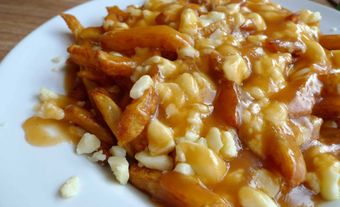Red Fife is a bread wheat (Triticum aestivum) variety that David Fife and family began to grow in 1842 at their farm in Peterborough, Ontario. Its name is derived from the original red colour of the wheat kernel and the name of the farmer; this was a typical procedure for naming wheat in the mid-1800s.

Description
Red Fife wheat is characterized by three little awns at the top of the wheat head but is otherwise awnless. The straws can be from 0.9 to 1.5 metres tall, depending on the nutrients available to the plant in the soil. Red Fife wheat is a landrace, meaning there is a genetic variability in the wheat that allows it to adapt to a diversity of growing conditions. It can be hard or soft, white or red and be planted in winter or spring. Its adaptability and final characteristics are directly related to the genetics and the way it interacts with the environment.
History and Production
Red Fife is Canada's oldest wheat. One legend states that a load of wheat grown in Ukraine was on a ship in the Glasgow harbour. A friend of David Fife dropped his hat into the red-coloured wheat, collecting a few seeds in the hatband, which he then shipped off to David Fife. The wheat grew. The family cow managed to eat all the wheat heads except for one, which David Fife’s wife salvaged. This was the beginning of Red Fife wheat in Canada.
By the 1860s Red Fife was distributed and grown across Canada. Renowned for being a fine milling and baking wheat, it set Canadian wheat standards for more than 40 years (1860–1900). Its offspring Marquis replaced it as the number-one wheat in the early 1900s. Marquis was a cross between two landrace wheats: Red Fife and Hard Red Calcutta. (See also Sir Charles Edward Saunders.)
Red Fife wheat was gradually replaced, as "new and improved" varieties of wheat resistant to new fungal diseases and pests came onto the market. Nevertheless, most of the bread wheats in Canada owe part of their genetic lineage to Red Fife wheat. Canadian wheats are some of the finest bread wheats in the world.
Did you know?
In 1931, Red Fife wheat was designated a National Historic Event by the Historic Sites and Monuments Board of Canada. (See also National Historic Sites in Canada.)
Legacy
From 1900 to 1988 Red Fife was grown in plant breeders' seed collections (see Plant Breeding). In 1988 Sharon Rempel, chief interpreter of The Grist Mill historic site at Keremeos, British Columbia, decided to bring together the varieties of wheat that might have been milled there. Seven historic wheat varieties - Red Fife (1842), Ladoga (1880), Preston (1880), Stanley (1880), Hard Red Calcutta (1880), Marquis (1890) and Thatcher (1930) - were grown and became a "Living Museum of Wheat." Site managers Cuyler Page and Sharon Rempel hoped to grow these old wheats so that they would eventually be recommercialized in Canada.
From the one pound of Red Fife wheat that was originally planted in 1988 more than 500 tons (100,000 pounds, or 45,360 kilograms) were harvested in 2007. Although Red Fife wheat is not a significant part of the Canadian agriculture industry and is not exported, farmers coast to coast throughout Canada are now growing it, mostly organically. In fact, Red Fife wheat is the newest taste sensation in the Canadian artisan bread world, described by bakers as "full of aroma and golden reddish colour crust."

 Share on Facebook
Share on Facebook Share on X
Share on X Share by Email
Share by Email Share on Google Classroom
Share on Google Classroom

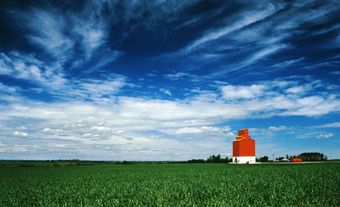
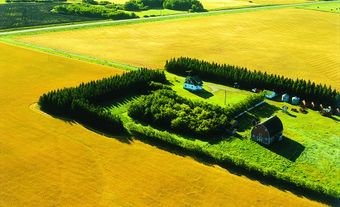

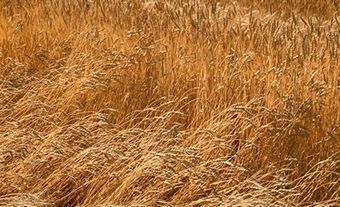
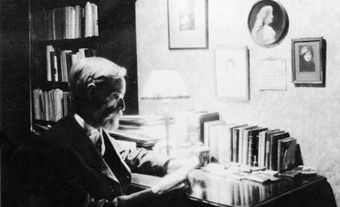

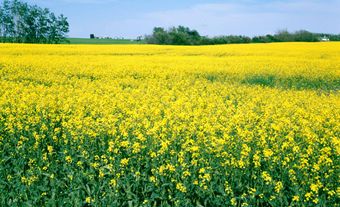
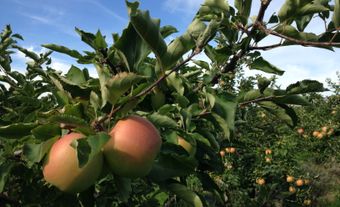

.jpg)

